Victor Puguh Explores Medium Format with LomoChrome Color '92 120 and Lomography Potsdam Kino B&W 120 Film
1 3 Share TweetIndonesian Lomographer and language teacher Victor Puguh has been in love with Film photography for over 20 years, after first using an analogue camera to capture the Buddhist Vesak Festival in Central Java. Since then, he tells us his passion for analogue photography has only grown. Recently, we sent him our very own LomoChrome Color '92 120 and Potsdam Kino B&W 120 ISO 100 film to try out for some portrait sessions. Read our interview with Victor and check out his fantastic portraits below!

Hi, Victor, and welcome back! It’s great to have you here again at Lomography! Please tell us about yourself and what you do.
Hi Lomographers, I’m Victor Puguh. I work as a language teacher for a private high school in South Tangerang, Banten, Indonesia. Film photography has been my niche since 2001. I could immediately feel the joy and spontaneity of it.
In 2010, I began to use some Lomo cameras including the LC-A+, Holga, and Diana Mini. I was impressed by the unpredictable results of each camera.
Apart from analogue photography, I love bicycle riding and mountain climbing. Those two outdoor activities give me silent moments in which I can have a ‘conversation’ within myself. They have become my ‘personal pilgrimages’ in which I can conduct my ‘spiritual journeys’.
How do you describe your photography? And do you have any film photographers that you look up to?
It’s always hard to explain my specific style or characteristics of photography. It’s true that the majority of my shots are portraits. Through portraits, the distinct persona can be visually revealed since each individual is unique and different. By shooting portraits, the dialogue between the models and me as the photographer can happen, so we can get closer and understand each other better. However, I also enjoy architecture, landscape, conceptual, and fashion photography.
Thanks to social media I can learn from some prolific, passionate, and influential photographers, including, Osamu Yokonami (Japan), Min Hyun Woo (South Korea), Kin Chan Coedel (Paris / Shanghai), Leslie Zhang (China), Farhan Husain (India), and Cecilia Renard (Spain).
What's it like to be Victor Puguh? How do you spend your week?
As a teacher, I work for and with young people. I feel enthusiastic doing my job. In addition, every year I encounter new individuals, my new students, so that I can interact with different people at school. Moving from the bustling and hectic Jakarta to the peripheral area of BSD City some years ago, I enjoy my simple life since the area is more convenient. Thankfully, I have shorter working hours on weekdays. This enables me to go home earlier in the afternoon, see my children Rinjani and Semeru, and go swimming.
On the weekends, I usually bike for the early iced-coffee, have casual chats with my wife while going to the groceries, and do photoshoots nearby. I do photoshoots merely for a hobby since photography is not my profession. I don’t earn money from it, so I can feel the joy of it, without worrying too much about not getting any clients or commercial projects.
What is it like to be a photographer these days?
Everyone can be a photographer in this fast-changing digital era. Social media gives spaces and encourages us to do further exposures and explorations for photography. Due to social media also, photographers these days can have so much influence from the other more experienced and well-established photographers. Some photography communities are now continuously growing.
Despite the intricacy, impracticality, and the increasing price of film rolls, analogue photography still attracts people due to its uniqueness and charm. I do the photoshoots once to twice a month. The setting is usually outdoor with morning natural light. I love working together with the amateur models. They can perform more freely and authentically. I usually give them freedom to decide their interests and preferences on the outfits. As a photographer, I don’t want to have an absolute power to control their self-expressions. Spontaneous concepts are frequently established during the process of film shooting. Now I’m learning to use medium format cameras. With the fewer shots of medium format cameras, I have to consider more.

How did you like shooting with the LomoChrome Color '92 120? What do you like most about it?
The first time shooting LomoChrome Color '92 120 film, I could feel the classic, retro, and vintage ambience of it. It is like a juxtaposition between the old nostalgic vibe and the new. Added with the border frames, the color tones are delicate and mesmerizing.
Can you tell us about what you decided to shoot with the LomoChrome Color '92 120? And what do you think about the results?
Four models (Rara, Elsa, Joy, Aurel) agreed to join a casual photoshoot which I offered. We did it in a small garden, supported by a clear and quiet morning, with warm natural light. The models wore ordinary outfits and did casual poses. After the photoshoot, I personally hope that they will nurture their love for modeling and fashion. For me, the results are charming and not exaggerated. The images linger in my mind.
What did you decide to shoot with Lomography Potsdam Kino B&W 120 ISO 100 Film ?
Since I love architecture, I chose two coffee shops to shoot, Smiljan and Masagi, which have stunning interior designs. The other shots were capturing my wife and my children.
Do you have a favorite photo taken with this film?
My daughter and son cheerfully playing ukuleles. This photo will become a souvenir and perpetual remembrance of their childhood. Surely and soon, I will print it as a family legacy.

What do you like most about the Potsdam Kino B&W 120 ISO 100 Film?
It was also my first experience shooting with the Potsdam Kino B&W. Frankly, I was nervous shooting it and a bit afraid of facing failure. However, after seeing the results, I’m truly amazed. It’s so poetic with a classic fine grain and high sharpness. It also has an impressive contrast between the highlights and shadows. Indeed, monochrome always gives a deep, relieving, and meditative feeling.
Did you encounter any challenges when using these films?
The light meter in my camera doesn’t function. It’s been my habit of not using any light meter applications when shooting film. I just adjust the aperture and ISO and follow my intuition as well as respond to the natural light. For B&W films, it’s always challenging to be able to predict the outcomes and recognize highlights and shadows. Some of the results were overexposed in the outdoors and underexposed in the indoor settings. But I still adore and appreciate the results. Analogue photography is the homage to honesty and imperfections.
What is one thing you have been dying to explore further in photography? Anything from a place to a particular subject.
Capturing the lavish culture of Indonesia (specifically the indigenous tribes of Mentawai, Dayak, Asmat, and Sumba) using analogue cameras is always my ambition to pursue in the future. Indonesia has wonderful nature and diverse culture with a long history and strong traditions.
Pie Aerts (because.people.matter) has a deep love for Indonesian nature and culture although he is not Indonesian. I want to contribute (although it’s just small) to my country through the art of photography.
What are you are working on at the moment? And what's coming up for you in the near future?
With three other analogue photographers, I am preparing for an analogue photobook launch and exhibition in December this year. All photos were captured in some European countries, including France, Italy, Austria, The Netherlands, Czech, and Hungary. Documenting the frugal life of Trappist monks in the secluded and contemplative Rawaseneng monastery in Temanggung, Central Java, would be another impressive visual journey. The monks preserve consistent obedience. They also uphold the old and humble tradition of spiritual life.
In June this year, I have a plan on documenting some ardent mountain climbers in Papandayan Mountain, West Jawa and Prau Mountain, Central Java. The pictures will be scenic, especially capturing them doing summit attacks. Next, in August I will also take pictures of five young trumpetists who are the brass section members of a symphony orchestra.
Any messages to other Indonesian Lomographers out there?
Never be afraid of experimenting and exploring with Lomography film. Again, analogue photography is an instrument to socialize with others. Let’s cherish the process of slowness.
Thanks to Lomography for giving me the chance to share and for supporting the growth of film photography.
Thank you Victor for sharing these great portraits and experience! To find out more about Victor's work, you can visit his Instagram.
written by adi_totp on 2024-06-08 #gear #people #medium-format #120 #pentax-67 #indonesia #lomography #lomoamigo #lomochrome #lomography-indonesia #victor-puguh














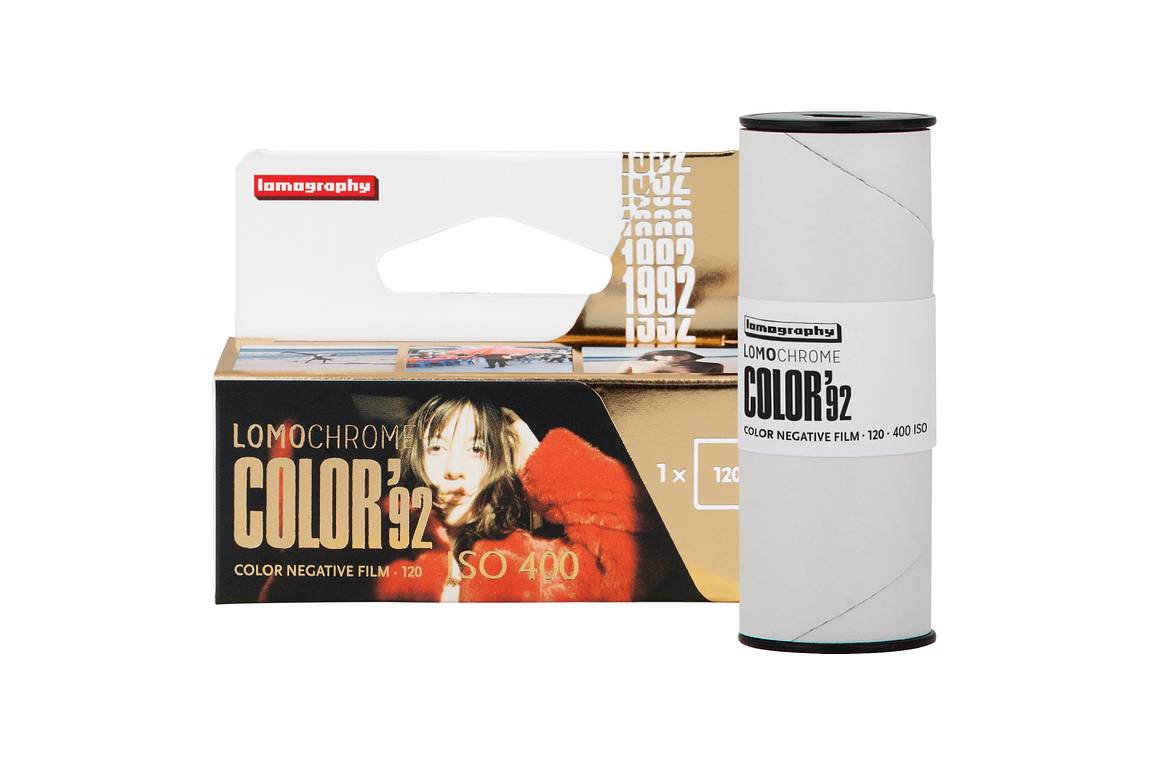










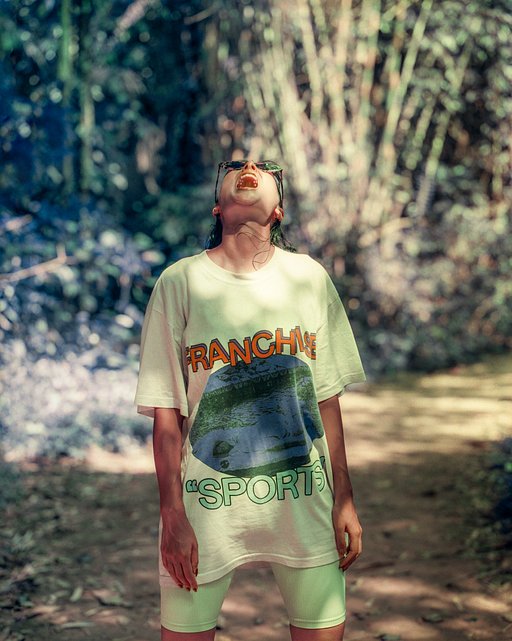

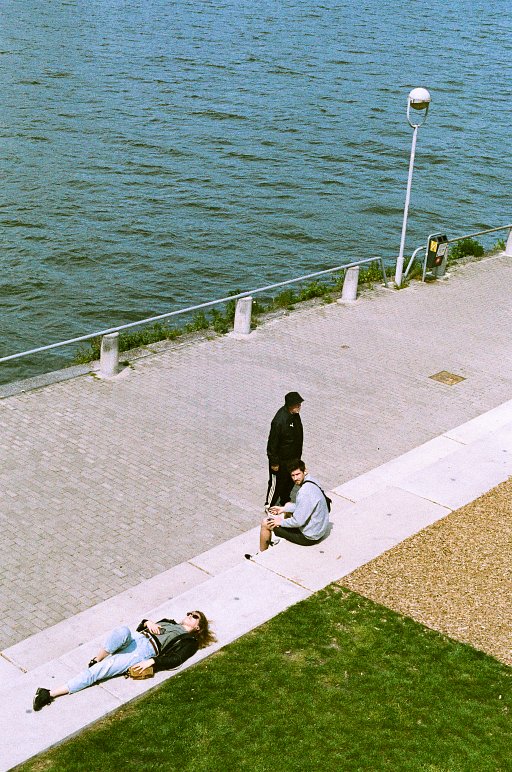

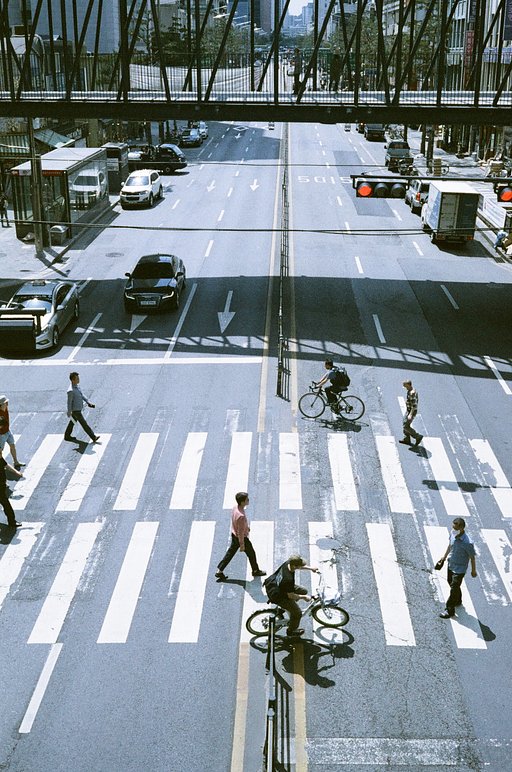
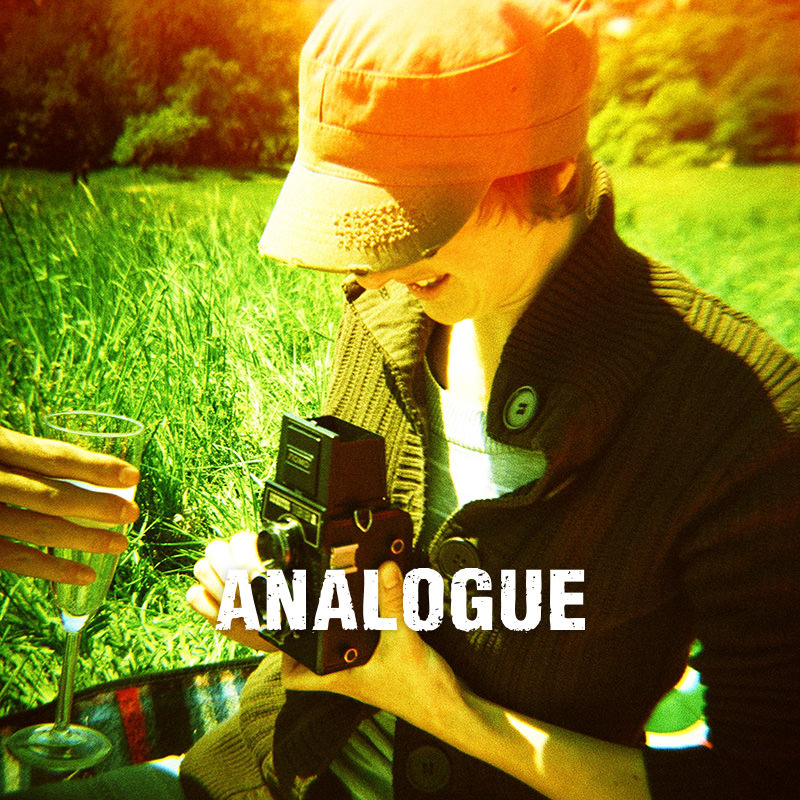
One Comment